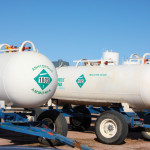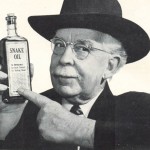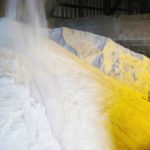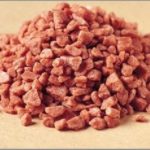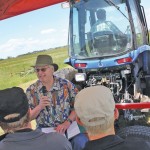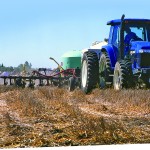Sleek white anhydrous ammonia fertilizer tanks perched on wheels ready to roll out to farmers’ fields were once a common sight along rural highways. Not so anymore. The apparent case of the missing anhydrous tanks has some wondering if it’s just an aberration, or if it signals a quiet but significant change in farmers’ soil



